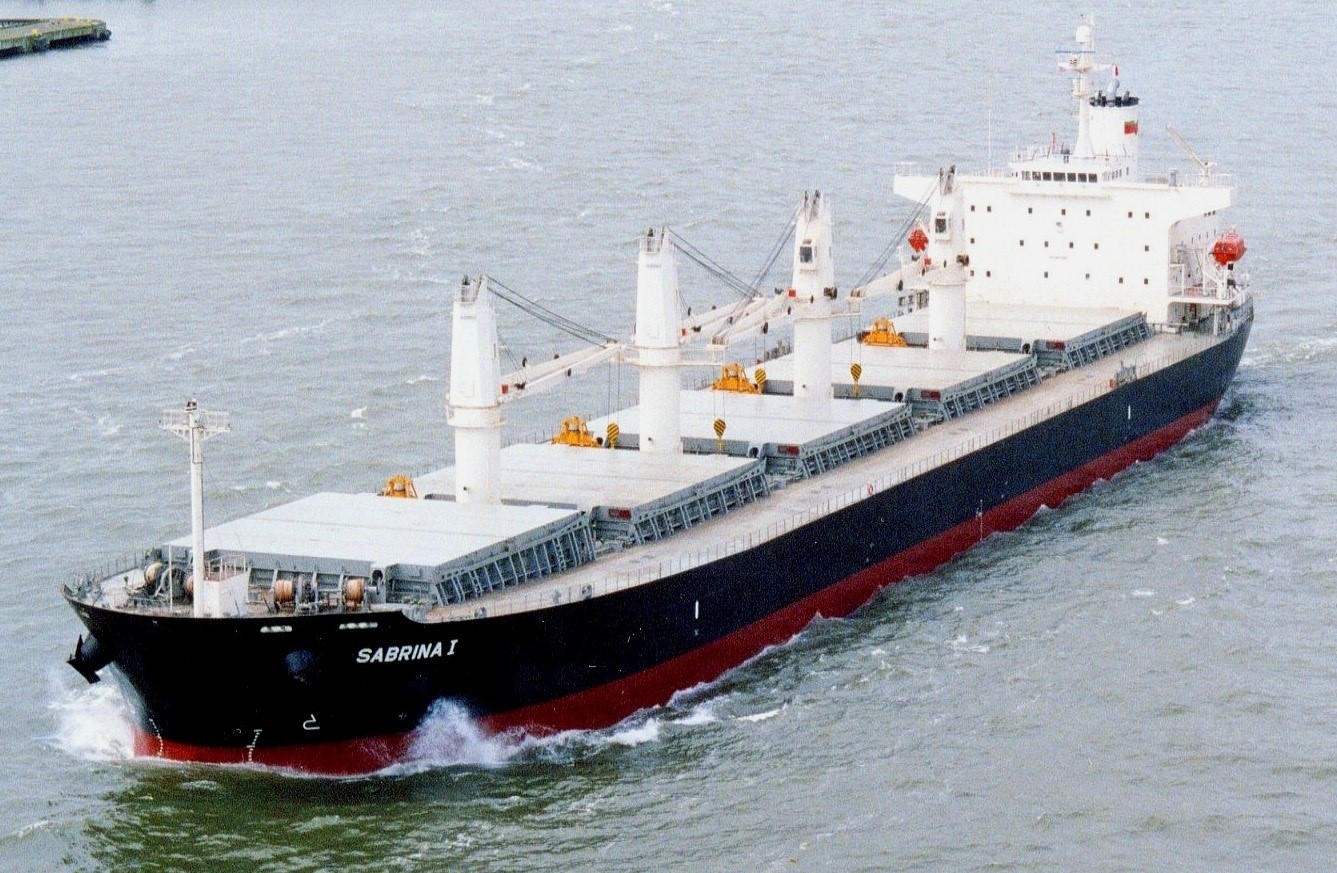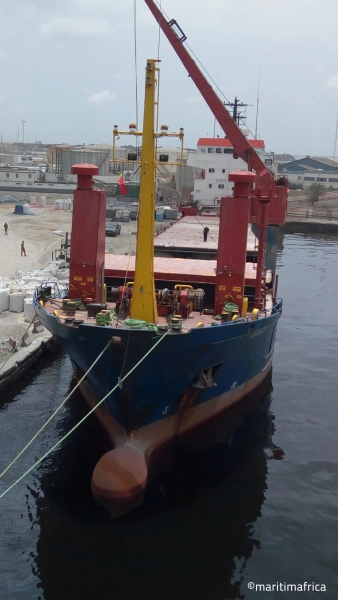Cargo ships: Bulk carriers
b- Bulk carriers

Bulk carriers or bulkers transport solid goods or “dry bulk” (such as wheat, ores) contained in large holds. Depending on the cargo they usually carry, they are given different names. For example, a grain ship will transport all kinds of bulk grains, a coal ship will transport coal, an ore carrier will transport all types of ores, an alumina carrier will fill its holds with alumina, a cement carrier with cement, and a log carrier with timber logs, etc. They can also be categorized according to:
 Their equipment: Operators use the following abbreviations:
Their equipment: Operators use the following abbreviations:
- UBC and UBS, for Universal Bulk Carrier and Universal Bulk Ship, respectively
- SUBC for Self-Unloading Bulk Carrier
- OBO for Ore/Bulk/Oil Carrier
- VLBC and ULBC, for Very Large and Ultra Large Bulk Carrier, respectively
- VLOC for Very Large Ore Carrier
- Size: They are commonly divided into four main sizes:
- Handysize from 10,000 to 35,000 tons
- Handymax from 35,000 to 50,000 tons
- Panamax from 50,000 to 80,000 tons
- Capesize beyond 80,000 tons
The smallest bulk carriers are equipped with cranes to perform loading/unloading operations autonomously. The largest, however, lack these and depend on port equipment.
These ships have wide hatches and vast holds without tween decks. The upper and lower walls of the holds are sloped to facilitate loading and unloading operations and to limit cargo movement at sea.
(To be continued)




